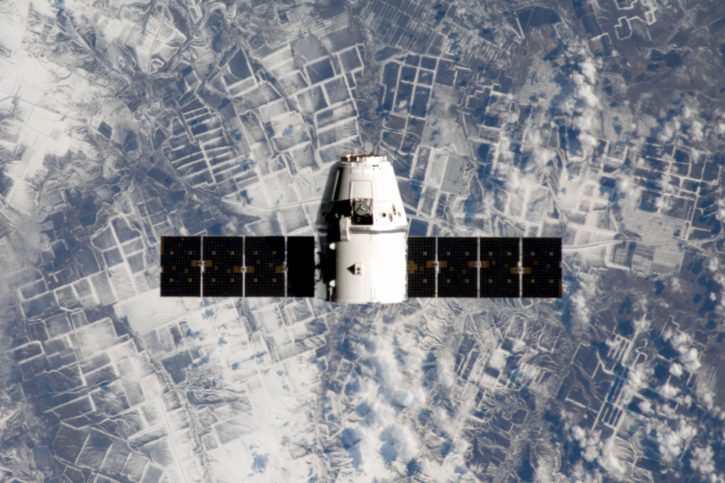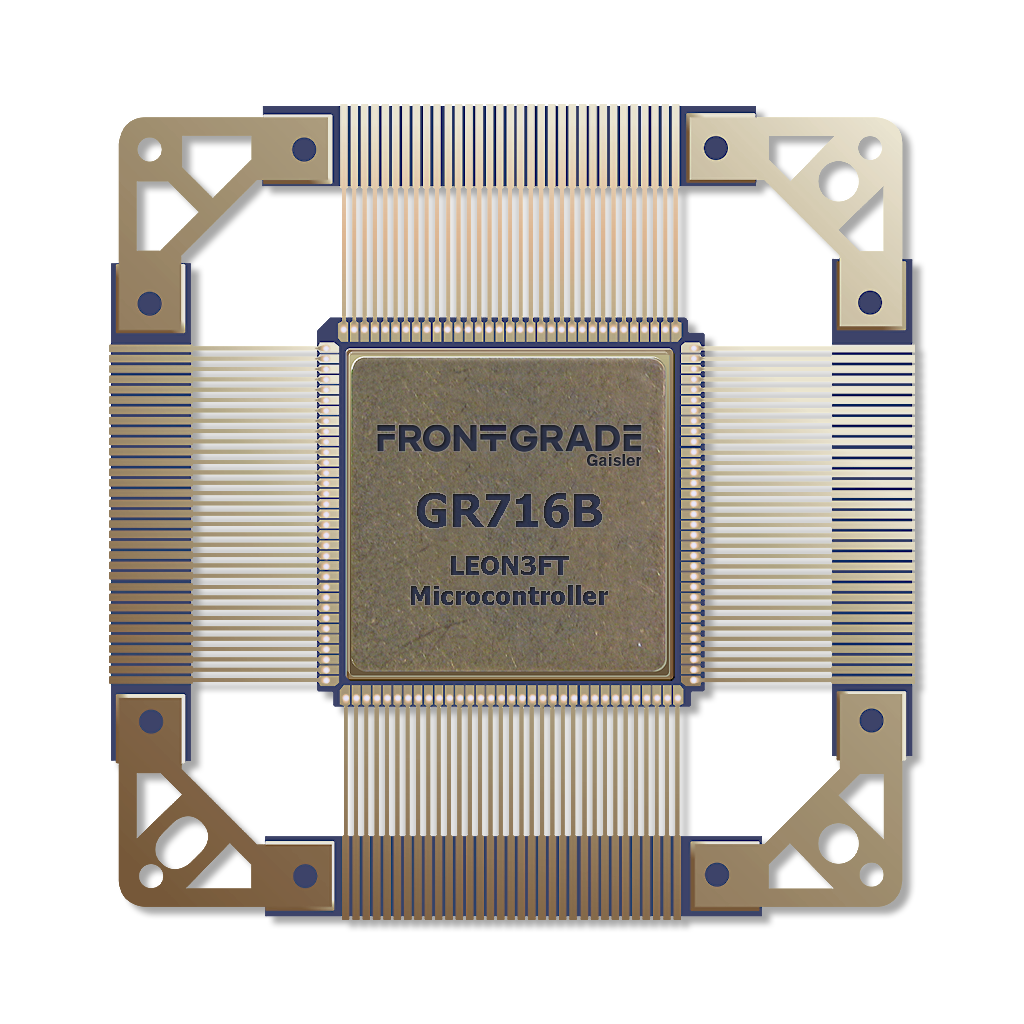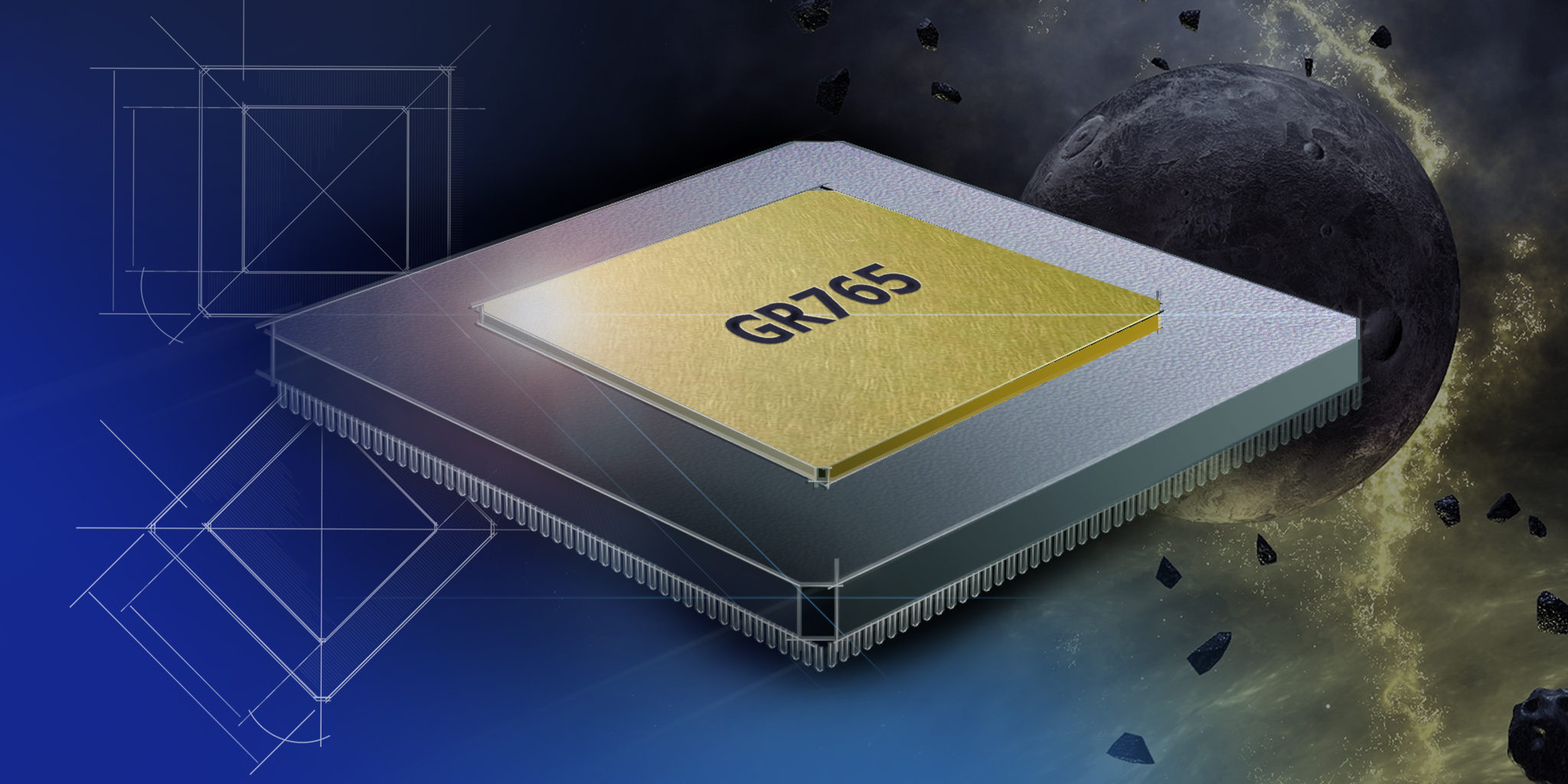-

Accelerating RISC-V Processor Verification: A Co-Simulation Strategy
With RISC-V processor architectures gaining traction across diverse computing systems, ensuring their reliability through rigorous verification becomes more crucial than ever. We have embraced a robust co-simulation strategy for verifying the NOEL-V RISC-V processor. This strategy integrates behavioural simulation with the SPIKE open-source RISC-V ISA simulator. The NOEL-V is a synthesizable VHDL model of a…
-

Integrating SpaceWire and SpaceFibre for Space Communication
We have introduced a system that bridges between SpaceWire and SpaceFibre links, providing a robust, high-speed communication solution for space applications. This innovation leverages our SpaceWire router IP core and SpaceFibre interface IP core, ensuring data transmission between the two protocols without the need for software intervention. Understanding SpaceWire SpaceWire is a well-established data communication…
-

Addressing Challenges with FPGAs in Space Using the GR716B Microcontroller
In the realm of space electronics, reliability is paramount. Every component onboard a spacecraft must withstand the harsh conditions of outer space, including extreme temperatures, vacuum, and radiation. Among these components, Field-Programmable Gate Arrays (FPGAs) play a crucial role and come with their own set of challenges. Challenges with FPGAs in Space Two significant challenges…
-

A Striped Bus Architecture for Minimizing Multi-Core Interference
Understanding the intricacies of software timing behaviour is crucial, especially in safety-critical systems and systems with real-time requirements. While analysing timing on single-core processor architecture might seem straightforward, the landscape becomes notably more complex when dealing with multiple cores. Here, contention for shared resources such as caches, buses, and peripherals add layers of uncertainty to…
-

GR740-MINI Unboxed: A Compact Gateway to Advanced Space Computing
In this blog post we introduce the GR740-MINI board, a compact evaluation platform for the GR740 rad-hard microprocessor and the CertusPro-NX-RT FPGA. The GR740-MINI packs a lot of computing power into a very small form factor (7×9.5 cm). Furthermore, its FMC+ connector allows to extend the GR740-MINI board with expansions boards connected to the GR740…
-

How to Design a RISC-V Space Microprocessor
In the world of advanced technology and exploration, some missions take us where ordinary microprocessors cannot dare to go. Whether exploring the depths of space or operating in avionics, the presence of intense radiation poses a grave threat to electronic components. To overcome this challenge, engineers have devised a solution: radiation-hardening. Radiation-hardened – or rad-hard…
-

NOEL-V Processor’s Security Extensions for Safe and Secure Computing
Safety and security are increasingly important aspects when designing computer systems, and work is carried out within RISC-V International technical groups to establish specifications that address safe and secure computing. In this blog post, we will touch on the Control Flow Integrity specification currently undergoing standardization, as well as the Smpemp and Smstateen extensions, ratified in November 2021. The NOEL-V RISC-V processor,…
-

NOEL-V: A RISC-V Processor for High-Performance Space Applications
Space applications pose significant challenges for electronic systems as they must contend with a myriad of environmental factors once they are launched. These factors include extreme temperatures, radiation, shock, and vibration — all of which electronic systems must withstand to meet rigorous reliability standards. To tackle these challenges, advanced processors specifically designed for space applications…
